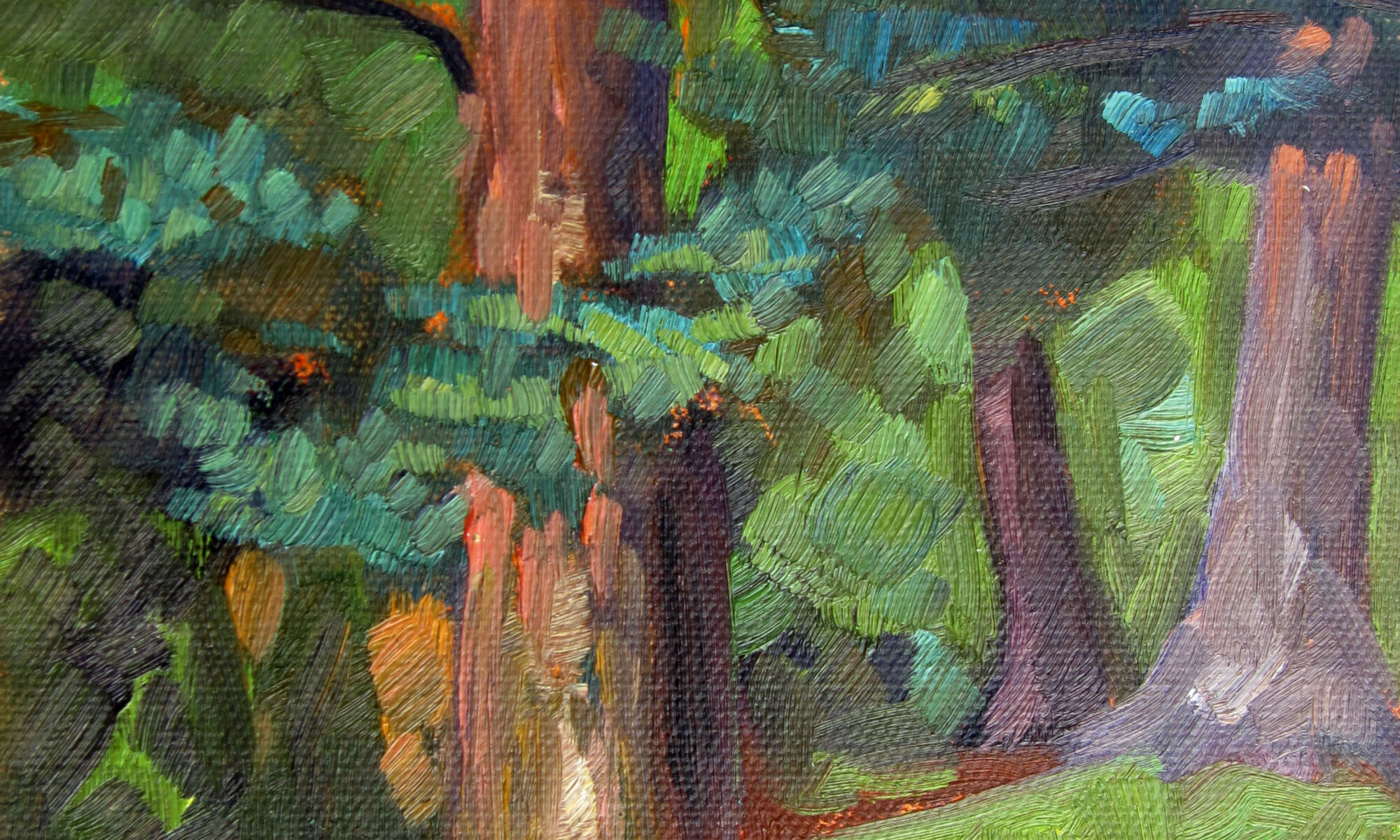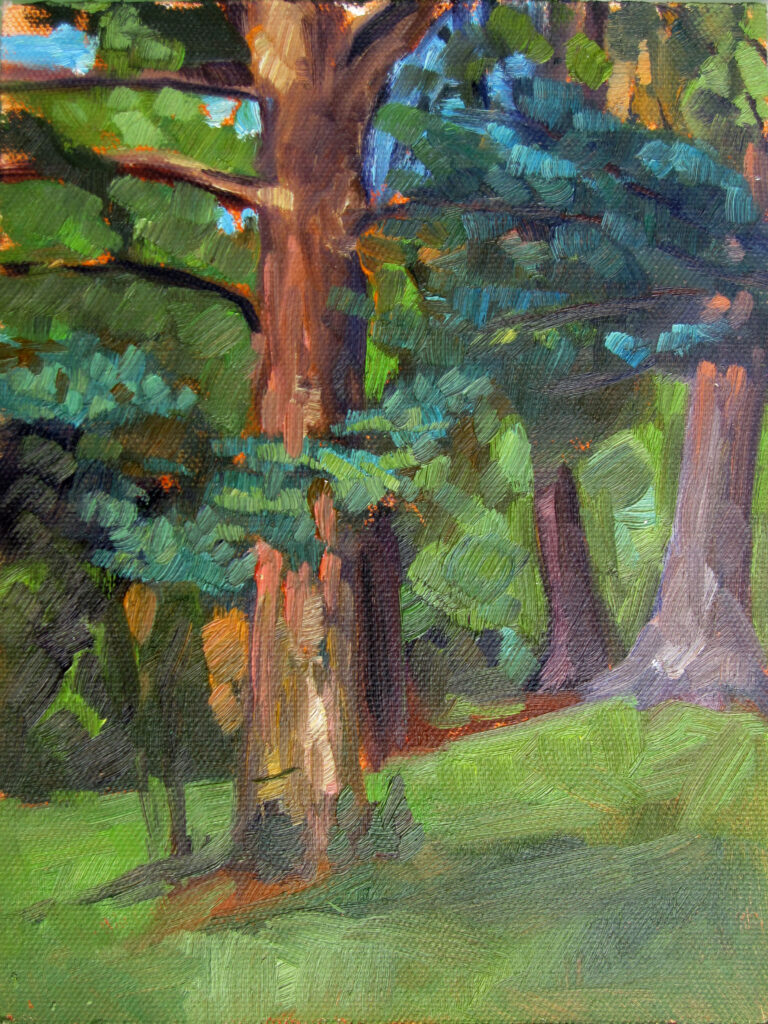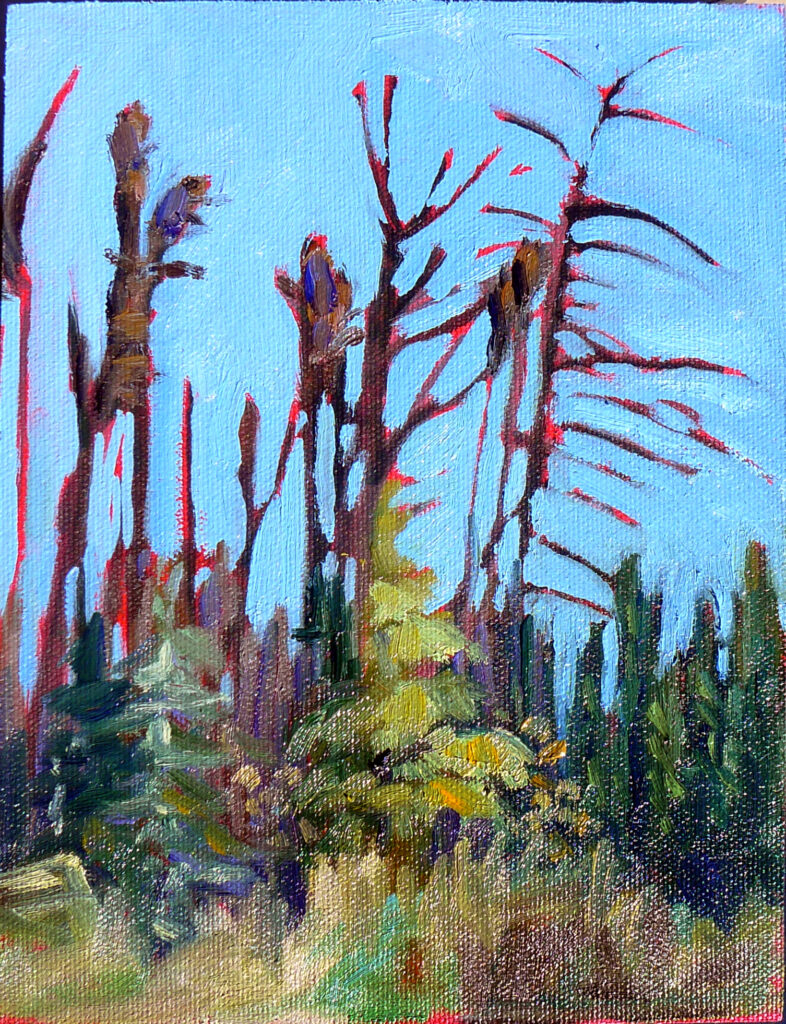
I’m finally heading home. Although I’ve been in the west for almost a month, it’s in the Hudson Valley that I’ve run into smoke from forest fires. Life can be odd at times.
I’ve been on the road for a month, which has meant lots of driving and painting punctuated by intense social situations. There are certain questions for artists that are asked at every event. Artists should know how to answer them; they’re the equivalent of our elevator pitch. Here are my answers; what are your answers to these questions for artists?
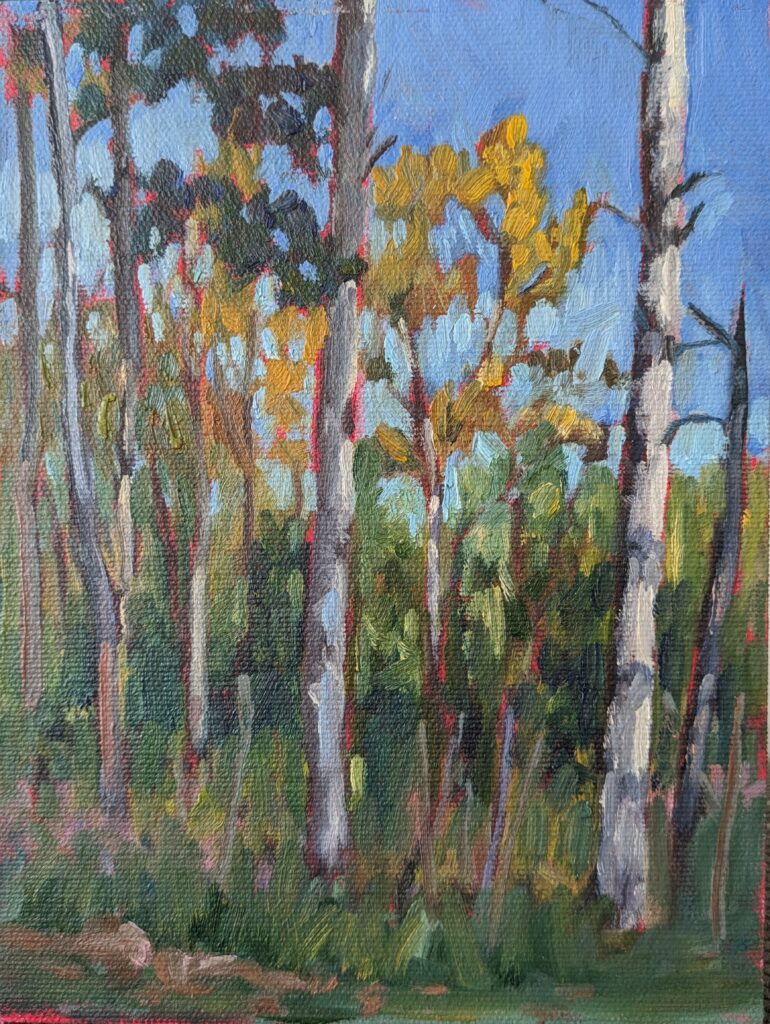
How did you become interested in art?
I’ve been drawing and painting since I could hold a crayon. It’s hard for me to separate art as an ‘interest’. (Most people start life drawing intensively but give it up in later childhood. I don’t know why.)
Art history is really just the pictorial reflection of human history, and I spend almost as much time thinking about it as I do in creating art.
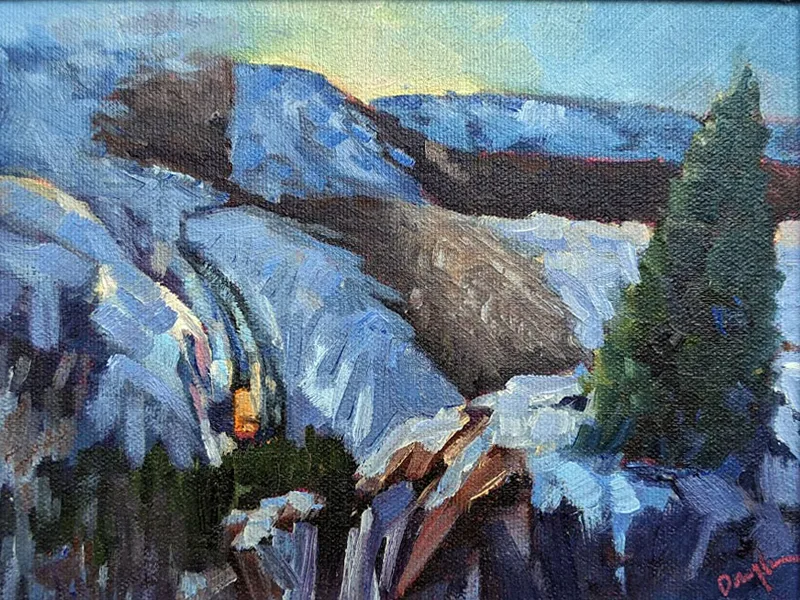
What are your influences?
As a young woman, I was influenced by the Northern European Renaissance, in particular, Albrecht Dürer. The Italian Renaissance was based on secular, classical ideals while the northerners emphasized realism and faith.
Today I think more about the Canadian Group of Seven and Australian Impressionism. Both have a passion for place, something shared with great American regional painters like Maynard Dixon, Edgar Payne and Grant Wood, among others.
What is your preferred medium?
Whatever tool happens to be in my hand at the time. I carry a sketchbook around with me.
What are your goals?
To continue to paint and teach as long as the body permits.
How do you define success?
Being able to sleep at night.
What are your most valued skills?
An almost-indefatigable work ethic.
What is your favorite and least favorite aspect of being an artist?
An art career indulges my independent spirit, but that same trait makes me sometimes work myself to exhaustion.
I’m intrepid, but the flip side of risk is occasional insecurity.
What do you wish you’d learned in school?
How to run a business. I’ve had to teach myself, and it was much more difficult than learning to paint.
What inspires you?
The beauty of Creation. I used to be far more interested in humanity, but now I mostly think about how much we’re all gasping for untrammeled nature.
When is your favorite time to create?
Morning.
How do you know when a piece is finished?
I can’t stand thinking about it anymore.
What is the hardest part of creating a piece?
Finding uninterrupted time. It’s shocking how much of my day is taken up with the business of art. I always have more ideas than I can execute.
How has your style changed over time?
I am no longer interested in faithfully rendering reality.
What is your point of view?
My work here, and whatever talent I have, is a gift from God, and my job is to use it to the best of my ability.
How do you handle negative criticism?
Badly; who doesn’t?
What have you learned from criticism?
On reflection, I often have to admit that it was at least partly justified. On the other hand, although I believe there are immutable elements of design, there’s no reason to believe that the juror de jure has ever learned them. In the end, I take my own measure.
Reserve your spot now for a workshop in 2025:
- Advanced Plein Air Painting, Rockport, ME, July 7-11, 2025.
- Sea and Sky at Acadia National Park, August 3-8, 2025.
- Find Your Authentic Voice in Plein Air, Berkshires, MA, August 11-15, 2025.
- Immersive In-Person Fall Workshop, Rockport, ME, October 6-10, 2025.

